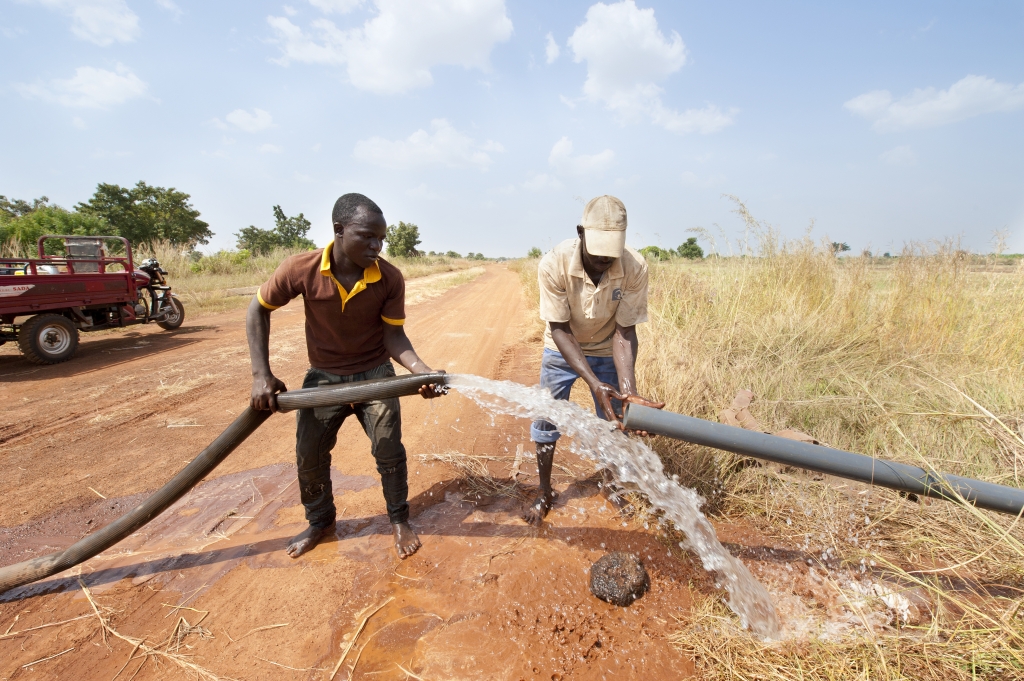“Uber for irrigation” and other novel options
Farmer-led irrigation offers one of sub-Saharan Africa’s brightest prospects for defeating chronic hunger and making good on the promise of a more sustainable and resilient future. In many countries, the number of smallholders using their own pumps or other methods to irrigate crops already exceeds, by far, the number involved in large-scale public irrigation schemes. If more farmers follow in the footsteps of these pioneers, Africa could reap enormous benefits – estimated at USD 22 billion per year for 185 million people, according to the International Water Management Institute (IWMI).

But several obstacles are holding them back. Across the continent, if you ask smallholders why they have not yet made the switch from unpredictable rainfed cropping to more reliable irrigated production, they most often cite a lack of affordable credit to purchase pumps and other equipment. Study after study has shown that this is the number one barrier, especially for women. Until farmers find a way around it, there is a danger that the emerging revolution in smallholder irrigation could stall.
In search of solutions, IWMI researchers recently undertook a study on microfinance for small-scale irrigation, with support from the US Agency for International Development (USAID) and International Fund for Agricultural Development (IFAD). The research involved an extensive review of published and unpublished material, conducted through the CGIAR Research Program on Water, Land and Ecosystems (WLE). The study identified a variety of promising models under pilot testing – including one called “Uber for the farm,” or potentially “Uber for irrigation” – and formulated a set of lessons learned to help improve the availability and effectiveness of this and other options.
Read the full version of the opinion article on the Agrilinks platform

